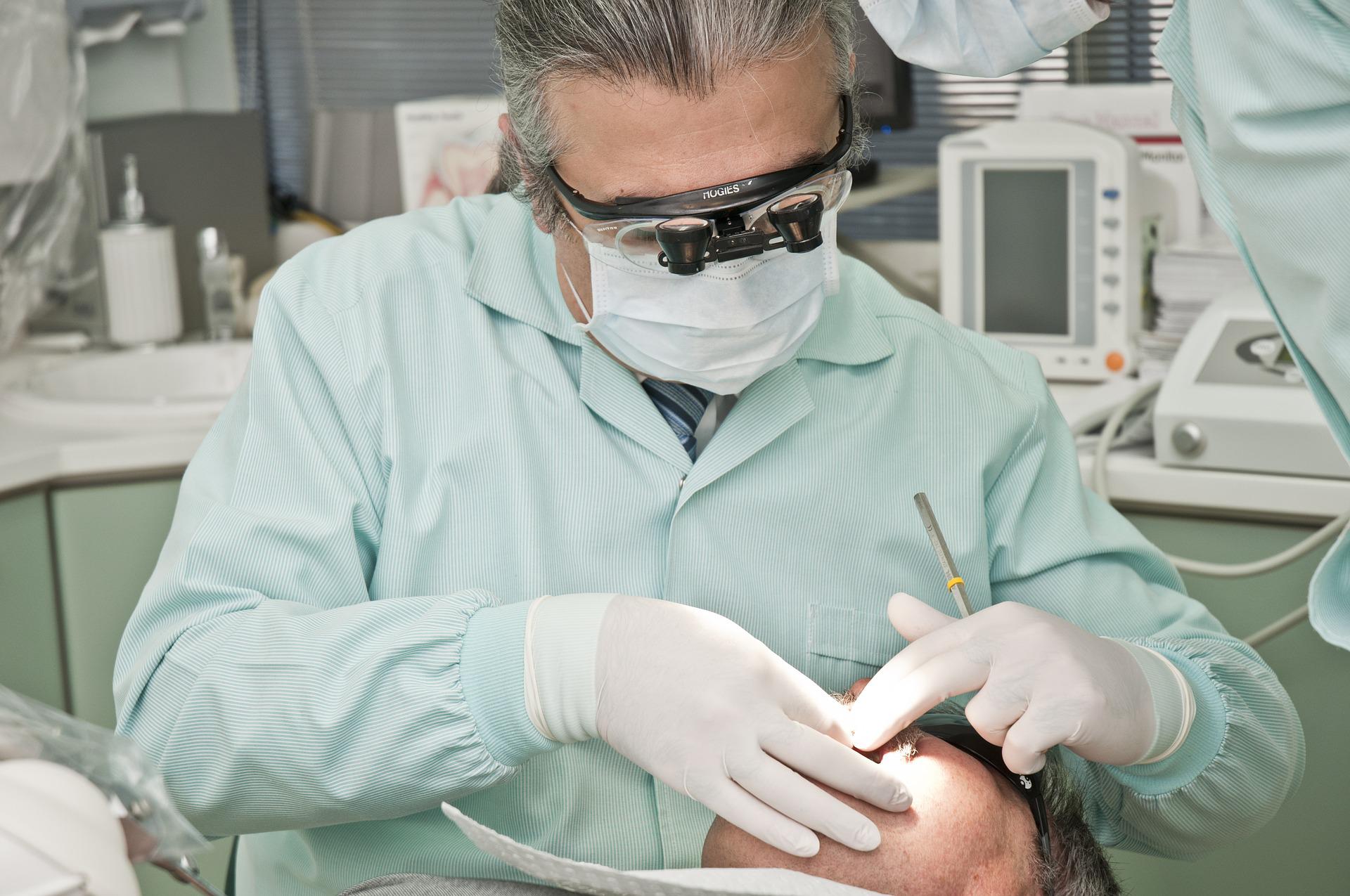
To date, damage to tooth enamel and cavities are repaired by dentists using a synthetic filling paste. There is no natural alternative for this. But a new 3D model containing human tooth stem cells could potentially change this in the future. The results of the study led by KU Leuven professor Hugo Vankelecom and professors Ivo Lambrichts and Annelies Bronckaers of UHasselt were published in Cellular and Molecular Life Sciences, reports KU Leuven in a press release.
Comparatively little is known about the human tooth. An important reason for this is the fact that certain human tooth stem cells, unlike those from rodents, are difficult to cultivate in a laboratory. The KU Leuven team headed by Professor Hugo Vankelecom, in collaboration with UHasselt, has therefore designed a 3D research model that uses stem cells from the dental follicle, a membrane that surrounds human teeth that have not yet emerged.
“The advantage of this type of 3D model is that it can reliably reproduce the original properties of the stem cells used. We can mimic, as it were, a small piece of our body in the lab and use it as a learning model,” according to Professor Vankelecom. “By using dental stem cells, we can develop other cells from our teeth from this model, such as ameloblasts that are responsible for the creation of tooth enamel.”
Restoring teeth naturally
Every day, our teeth are exposed to acids and sugars from food that can cause damage to our tooth enamel. Unfortunately, this tissue cannot repair itself, so intervention by the dentist is necessary. They have to fill the cavities with a synthetic paste. “In our new model, we have succeeded in transforming dental stem cells into ameloblasts that in turn produce enamel components,” explains PhD student Lara Hemeryck. In the future, these cells could be used to naturally restore tooth enamel.
Impact
The 3D cell model could also have applications in other industries. For example, it could help the food industry in researching the effect that certain foods have on tooth enamel, or help toothpaste manufacturers to optimize the level of protection and care. What’s more, the new research model can also be used to gain insights into the origins of certain dental diseases.
“In addition, we want to combine this model with other types of tooth stem cells, in order to develop other tooth structures, and eventually a full biological tooth. Now we have been focusing on ameloblasts, but it is clear that our new model opens up several possibilities for further research and numerous applications,” Professor Vankelecom concludes.

Selected for you!
Innovation Origins is the European platform for innovation news. In addition to the many reports from our own editors in 15 European countries, we select the most important press releases from reliable sources. This way you can stay up to date on what is happening in the world of innovation. Are you or do you know an organization that should not be missing from our list of selected sources? Then report to our editorial team.







